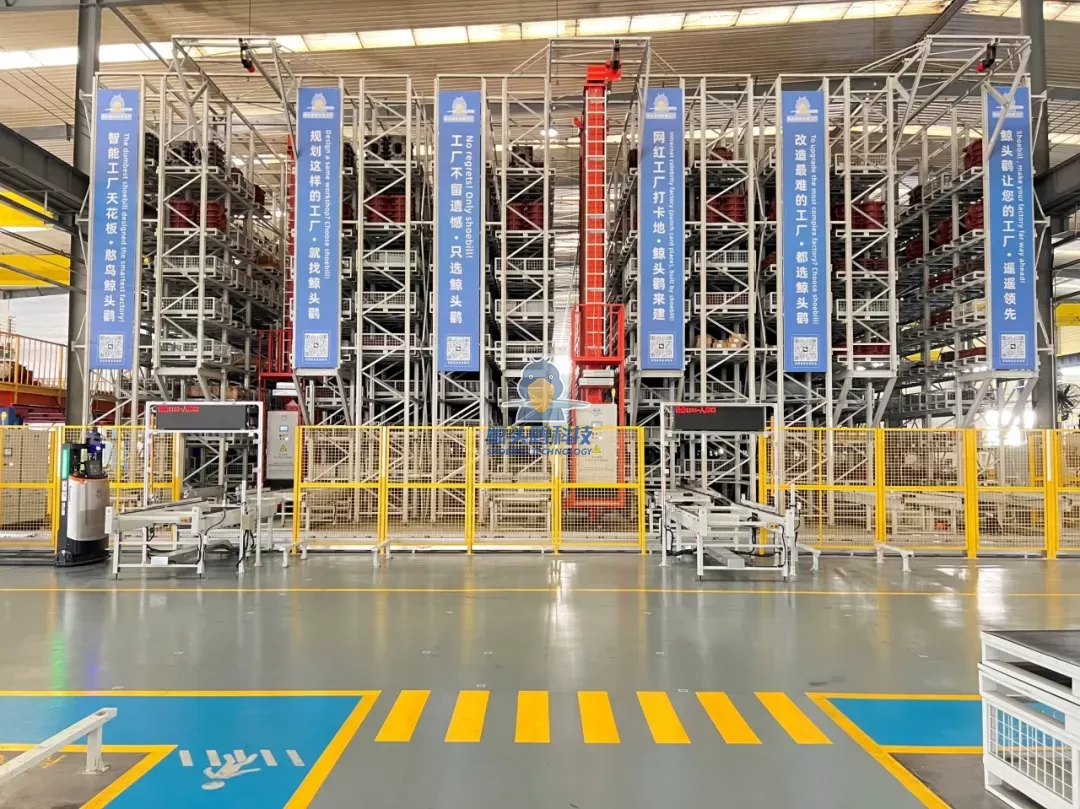In the past few years, drone light shows have become a spectacular addition to various events, from festivals and concerts to corporate events and private parties. These shows are not just a collection of drones flying around; they are a choreographed performance that can rival traditional fireworks in terms of visual impact. In this blog post, HighGreat will share the difference between indoor and outdoor light show drones, exploring the technical, logistical, and creative aspects that set them apart.
Technical Differences
Outdoor Light Show Drones
1. Brightness and Luminosity: Outdoor shows require drones equipped with high-intensity LEDs to be visible against the backdrop of natural or artificial light. The drones need to be bright enough to be seen from a considerable distance.
2. Flight Time: Outdoor drones often have longer flight times due to the larger batteries that can be accommodated in their design. This allows for longer shows without the need for frequent battery swaps.
3. Wind Resistance: Outdoor drones are built to withstand varying wind conditions, which can affect flight stability and maneuverability. They are designed with more robust frames and propellers to handle gusts of wind.
4. Range: The control systems for outdoor drones need to have a longer range to manage the drones over a larger area and to maintain a strong signal connection.
Indoor Light Show Drones
1. Brightness Control: Indoor drones can have lower light intensity because they perform in a more controlled environment with lower ambient light. This allows for more nuanced lighting effects.
2. Flight Time: Indoor drones may have shorter flight times due to space constraints on the drone design, which can limit battery size.
3. Acoustic Noise: Indoor drones are often designed to be quieter to avoid disturbing audiences in confined spaces.
4. Proximity Sensing: Indoor drones require advanced proximity sensors to avoid collisions with structures, people, and other drones in tight spaces.
Logistical Differences
Outdoor Light Show Drones
1. Space: Outdoor drone shows can cover vast areas, allowing for grander displays and more complex formations.
2. Regulations: Outdoor drone operations are subject to aviation regulations, including flight restrictions, licensing, and communication with air traffic control.
3. Setup Time: Outdoor setups can be more time-consuming due to the need for larger launch and recovery areas.
4. Weather Considerations: Outdoor shows must be planned around weather conditions, as rain, snow, and strong winds can disrupt the performance.
Indoor Light Show Drones
1. Space Constraints: Indoor venues may have limited space, which restricts the size and scope of the drone show.
2. Regulations: Indoor shows are less regulated in terms of aviation but must adhere to building codes and safety standards.
3. Setup Time: Indoor setups can be quicker due to the smaller area and controlled environment.
4. Weather Independent: Indoor shows are not affected by weather conditions, allowing for more predictable scheduling.
Creative Differences
Outdoor Light Show Drones
1. Scale: The scale of outdoor shows can be much larger, with the possibility of hundreds of drones performing at once.
2. Integration with Environment: Outdoor shows can be integrated with other elements like fireworks, searchlights, and architectural lighting to create a multi-sensory experience.
3. Distance View: Audiences are typically at a greater distance from the drones, which influences the design of the show to ensure visibility and impact.
Indoor Light Show Drones
1. Intimacy: Indoor shows can offer a more intimate experience, with drones performing closer to the audience.
2. Detail and Nuance: The closer proximity allows for more detailed and nuanced light displays that can be appreciated up close.
3. Indoor Theming: Indoor shows can be themed to match the decor and atmosphere of the venue, creating a cohesive visual narrative.
4. Acoustic Synchronization: Indoor drone shows can be more easily synchronized with music and sound effects due to the controlled acoustic environment.
Safety Considerations
Both indoor and outdoor drone light shows must prioritize safety. This includes:
1. Pilot Training: All drone operators should be well-trained and certified to handle the complexities of a drone light show.
2. Emergency Protocols: Having clear emergency protocols in place is crucial to handle any unexpected issues during the performance.
3. Public Awareness: Informing the public about the safety measures in place and guidelines for behavior during the show can prevent accidents.
Conclusion
Whether you're planning an outdoor extravaganza or an indoor spectacle, drone light shows offer a unique and technologically advanced form of entertainment. Understanding the differences between indoor and outdoor drone light shows is key to selecting the right approach for your event. With careful planning and execution, these shows can leave a lasting impression and provide a memorable experience for audiences of all sizes. As technology continues to evolve, the possibilities for drone light shows will only continue to grow, offering new and exciting ways to light up the sky - or the stage.
https://en.hg-fly.com/news/3667.html
en.hg-fly.com
HighGreat






